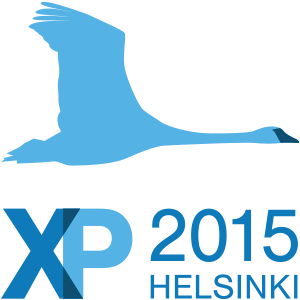IT project performance benchmarking is one of the most important new topic among the FiSMA members. Customers, i.e. the product owners, want to be sure that they don’t pay too much for their IT systems and software. Vendor organizations, the developer teams, need to show their productivity and efficiency compared to the market average.
From the performance benchmarking viewpoint the three most important knowledge areas of project management are project cost management, project time management, and project scope management. The two most important derived performance metrics are speed of delivery and unit price. Cost and time management and measurement are reasonably well understood in IT project organizations, but project scope has often appeared to be too difficult to measure and manage. Neither the customers nor the developers can measure the amount of IT project outcomes, i.e. the amount of IT system functionality. It’s a pity, because without that information it is not possible to derive either delivery speed or unit price.
FiSMA has launched the northernSCOPE™ concept for IT project scope management already in early 2000. Several success stories about applying the concept have been documented since, including several IT acquisition programs by Ministries of Justice and Social Affairs and Healthcare. Also private sector companies and vendor developer teams have benefitted from the methods and practices of northernSCOPE™. The concept includes the processes, measurement methods and tools for professional IT scope management, many of them developed and instructed by FiSMA working groups during the latest two decades. The European Certification and Qualification Association, ECQA, administers the Certified Scope Manager job role maintenance and certification exams. There are already 150 certified CSM professionals today, in five countries, and they will be the driving force for IT project performance benchmarking and following process improvement within the best product owner and developer organizations. More than 50 activists are also members of FiSMA Scope Manager Forum in 2015.



